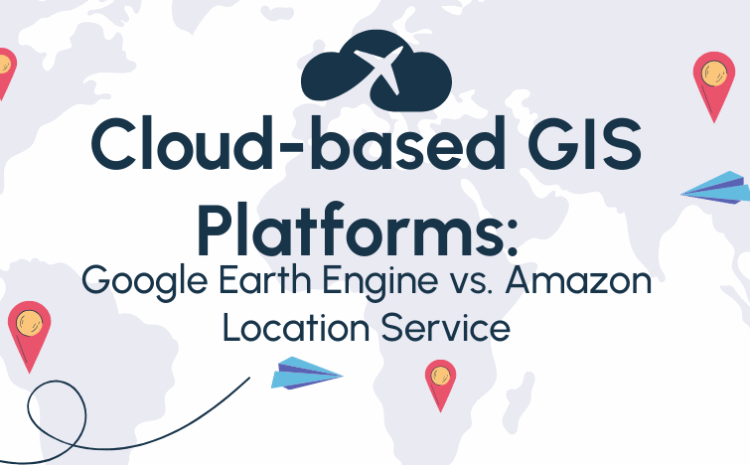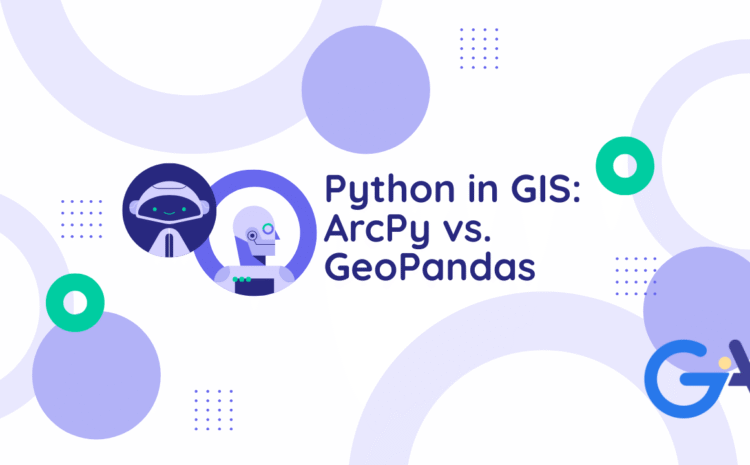Cloud-based Geographic Information Systems (GIS) provide scalable, server-hosted tools for mapping and spatial analysis without on-premises infrastructure. Two prominent offerings are Google Earth Engine (GEE) and Amazon Location Service (ALS). GEE is a scientific data-and-compute platform designed for large-scale environmental…
Web mapping platforms have revolutionized how we create interactive maps for web and mobile applications. This report compares three prominent mapping solutions – Leaflet, Mapbox, and ArcGIS Online – across key aspects. Leaflet is a popular open-source JavaScript library known…
Web-based GIS (Web GIS) systems are typically organized in a multi-tier client–server architecture. At a high level, a Web GIS consists of clients (web browsers, desktop or mobile apps) that request geospatial data and services, and servers that provide those…
Web Map Service (WMS): An OGC-standard web service for serving georeferenced map images (renders) over HTTP. A WMS server generates raster map images (PNG, JPEG, GIF, etc.) from GIS data on-the-fly. Clients specify parameters (bbox, size, CRS, layers, style, format)…
GIS (Geographic Information Systems) has become an indispensable tool in disaster management and risk assessment. It enables the collection, analysis, and visualization of spatial data to support decision-making before, during, and after disasters. The following report provides an overview of…
Geographic Information Systems (GIS) have become indispensable in public health, offering a spatial lens to analyze and address health issues. GIS enables the mapping and visualization of health data, which supports more informed planning and decision-making in public health. The…
GIS in Business Intelligence and Market Analysis Overview of GIS, BI, and Market Analysis Geographic Information Systems (GIS): GIS refers to software and tools used to collect, store, visualize, and analyze spatial (location-based) data. It enables users to interpret data…
Geographic Information Systems (GIS) have become indispensable in modern environmental monitoring and conservation efforts. GIS refers to computer-based tools for capturing, storing, analyzing, and visualizing geospatial data – essentially enabling the mapping of environmental features and processes. By integrating diverse…
Overview of Python in GIS Python has become a fundamental tool in Geographic Information Systems (GIS) for automating workflows, performing spatial analysis, and creating maps. Many GIS tasks that were traditionally done through graphical user interfaces can now be scripted…
Geographic Information Systems (GIS) are powerful tools for gathering, managing, and analyzing spatial data. In urban planning, GIS integrates geographic information with data layers (maps, tables, graphs) to reveal patterns and relationships, helping users make more informed decisions. Over the…

Gabby Jones
Typically replies within a minute



